To answer the question of what live tooling is, we need to recall what traditional lathe machining involves. The classic layout of a lathe consists of:
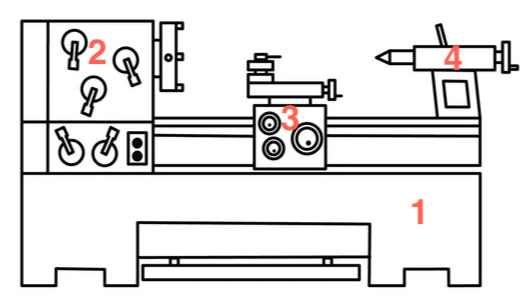
In a traditional lathe, the cutting tool is stationary and aligned with the centre of the rotating part. This limits drilling to the face and only along the central axis. Off-centre drilling or any milling operations are not possible without secondary setups on another machine.
Live tooling overcomes these limitations. The word "live" refers to rotary-driven tools - such as end mills or drills - mounted in the lathe’s turret.
Live tooling rotation can be achieved in three ways:
This article focuses on the third method, the most common in modern CNC turning centers. A motor is integrated into the lathe’s turret and transfers power to the live tooling block, which holds the rotating tool.
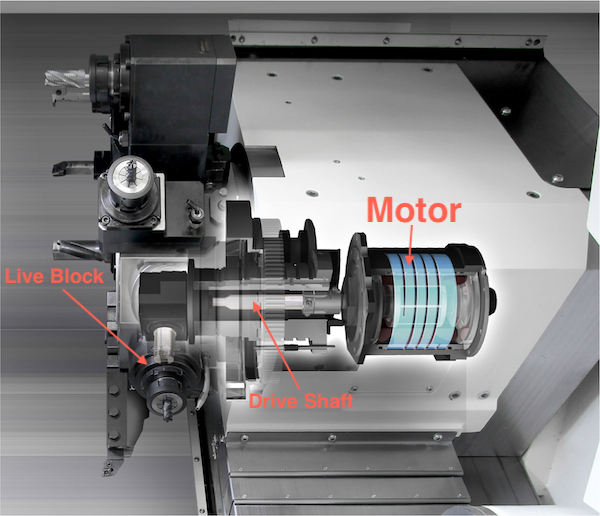
Live tool holders are generally categorized into two main types:
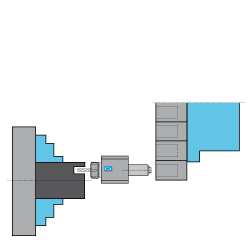
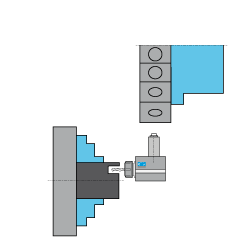
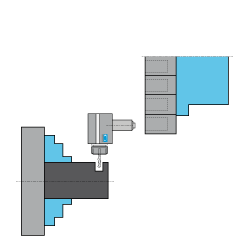
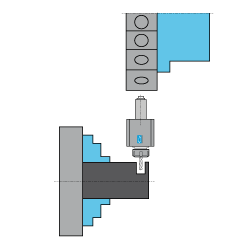
Depending on the turret design, these blocks can be either straight or angled to suit different machining angles and clearances.
Live tooling has may transform the lathe into a hybrid lathe-milling center. These machines can now perform turning, drilling, milling, engraving, and tapping operations in a single setup. For this reason, modern CNC lathes with live tooling are often referred to as multi-function machining centers.
Looking for the right live tooling block for your CNC lathe? Browse our full selection of driven tool holders with convenient filters to find exactly what you need.